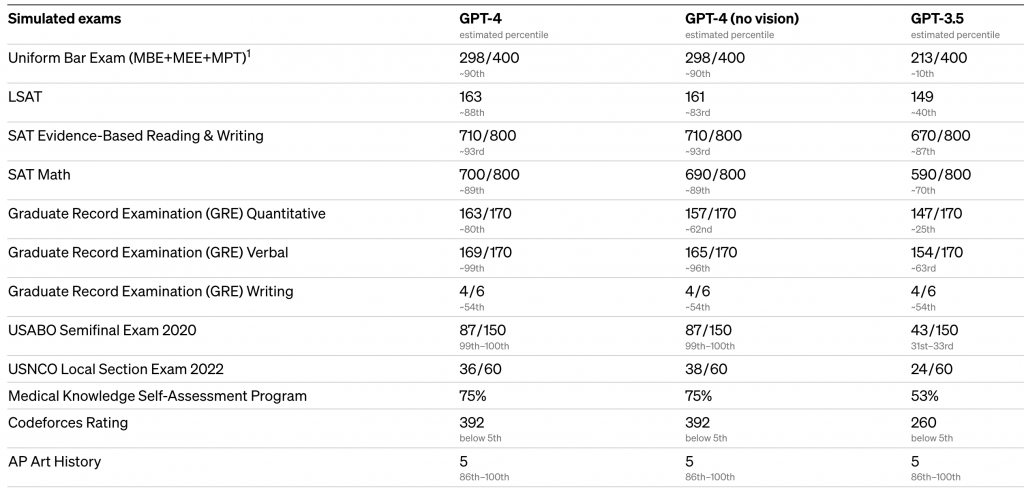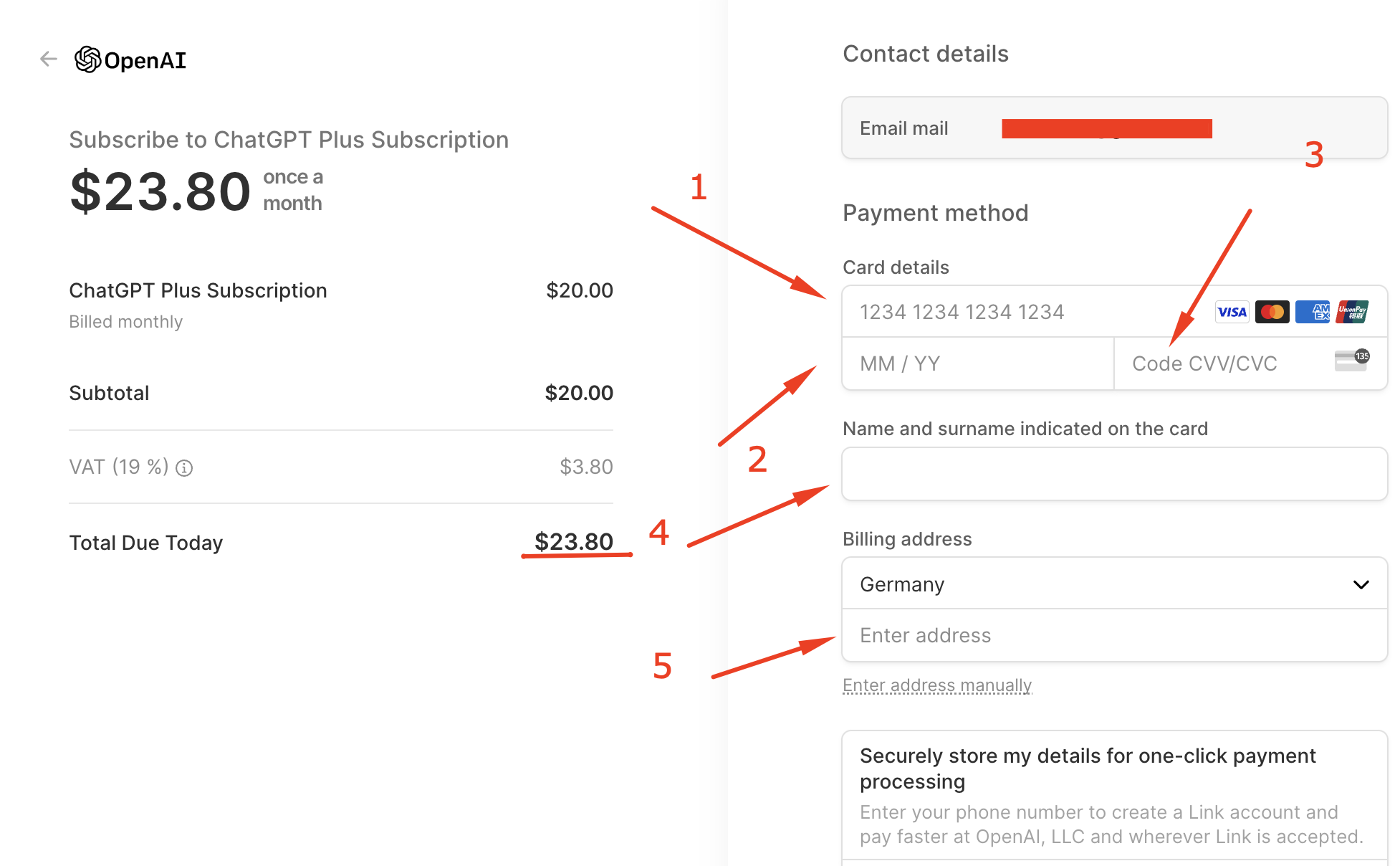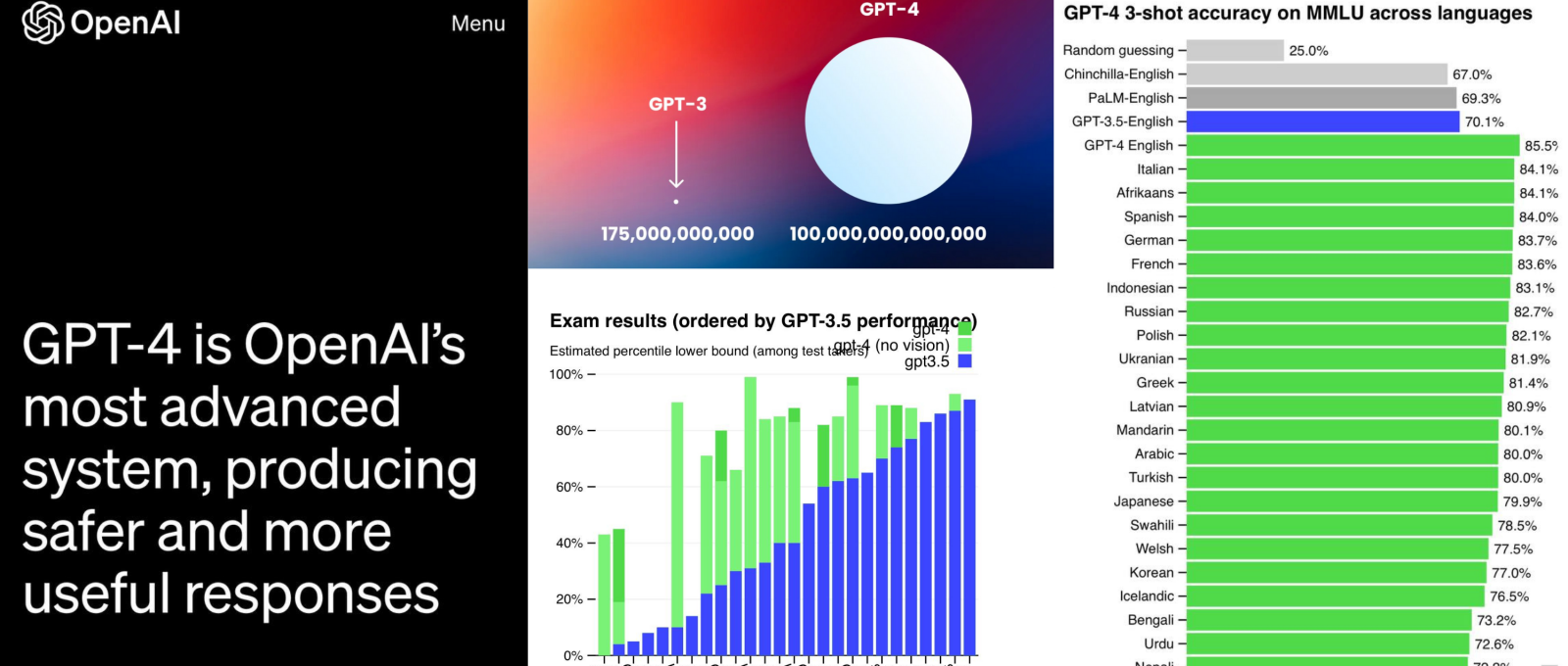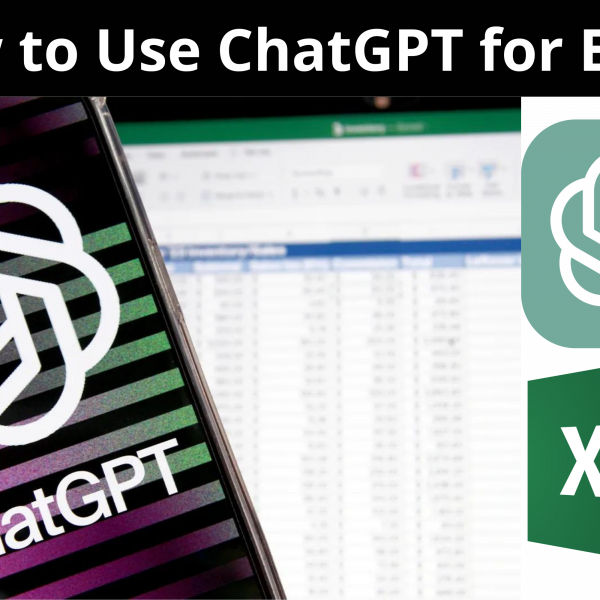GPT-4: Redefining Natural Language Processing and AI Capabilities
The release of GPT-4 by OpenAI on March 14, 2023, has created waves of excitement and anticipation in the field of artificial intelligence. Following the impressive performance of its predecessor, GPT-3, GPT-4 promises to revolutionize the landscape of natural language processing and elevate AI capabilities to unprecedented heights.

GPT-4 vs. GPT-3: Unveiling the Key Distinctions
The ongoing debate between GPT-3 and GPT-4 revolves around their divergent features and groundbreaking enhancements. Let’s delve into the essential dissimilarities between these two remarkable language models.
1. GPT-4 Parameters: Empowering AI with Unparalleled Potential
Parameters, in the context of language models, denote the adjustable internal settings that enable the model to learn and generate text effectively. GPT-3 made its mark with an impressive 175 billion parameters, solidifying its position as one of the largest Language Models (LLMs) available. Although no official announcement has been made regarding GPT-4’s parameters, it is safe to assume that this latest iteration surpasses the 175 billion threshold by a substantial margin.
The significance of parameters lies in their correlation with the model’s learning capacity and ability to comprehend complex patterns within the training data. GPT-4’s abundance of parameters equips it to generate more coherent, contextual, and appropriate text, enabling enhanced problem-solving capabilities. In fact, GPT-4’s performance surpassed GPT-3 when it tackled challenging tasks, such as a simulated bar exam, achieving top-tier scores among test takers.
2. GPT-4: A Multimodal Marvel
While GPT-3 is limited to text inputs, GPT-4 showcases its multimodal prowess by accepting both text and image inputs, thereby significantly broadening its range of applications. The fusion of text and image modalities empowers GPT-4 to undertake complex tasks like captioning, summarizing, and translating images with ease. In contrast, GPT-3 lacks the ability to process images, rendering it less diverse in its capabilities.
Consider the scenario where you aim to summarize an article that comprises both text and images. GPT-3 would solely focus on summarizing the textual content, disregarding the visual elements. However, GPT-4 shines by providing a comprehensive summary that incorporates both the textual and visual aspects, ensuring a thorough understanding of the article.
3. Unleashing the Power of Performance
The performance of a language model serves as a testament to its understanding of language and its ability to produce meaningful responses. GPT-4, with its surplus of parameters and multimodal capabilities, outshines GPT-3 in terms of performance.
GPT-4 exhibits its intelligence and creativity across a wide array of applications, ranging from research papers and poetry to legal briefs. Notably, GPT-4’s language generation skills excel in tasks such as text completion, translation, and summarization, solidifying its position as a superior language model.
4. Enhanced Accuracy and Reduced Hallucinations
Hallucinations, characterized by nonsensical or irrelevant responses, pose a challenge in language models. While GPT-3 exhibits a 15% to 20% chance of hallucination, GPT-4 significantly reduces this occurrence, leading to improved accuracy and reliability.
OpenAI’s CEO, Sam Altman, has attested to GPT-4’s reduced propensity for generating irrelevant results. This reduction in hallucinations enhances the model’s practicality in real-world applications, such as natural language processing, chatbots, and automated customer service.
Accessible Advancements: GPT-4’s Availability
GPT-4 is currently accessible to the public in a limited capacity through ChatGPT Plus, allowing users to interact with and provide feedback on the model’s performance. The availability of GPT-4 on the free version of ChatGPT is yet to be confirmed.
To access GPT-4, follow these steps:
- Visit the ChatGPT website.
- Sign up for an account or log in to your existing one.

- Locate the ‘Upgrade to Plus’ option on the bottom left side of the navigation bar.

- Upgrade your plan to ChatGPT Plus, priced at USD 20/mo.

- Provide your credit/debit card details, ensuring that ‘International transactions’ are enabled if you reside outside the USA.

- Select GPT-4 from the Model drop-down menu.
By upgrading to ChatGPT Plus, you gain access to GPT-4 and can experience the discernible differences in ChatGPT responses.
Developers can also sign up for the commercial GPT-4 API waitlist, allowing them to leverage the power of GPT-4 in their applications.



Leave a Comment